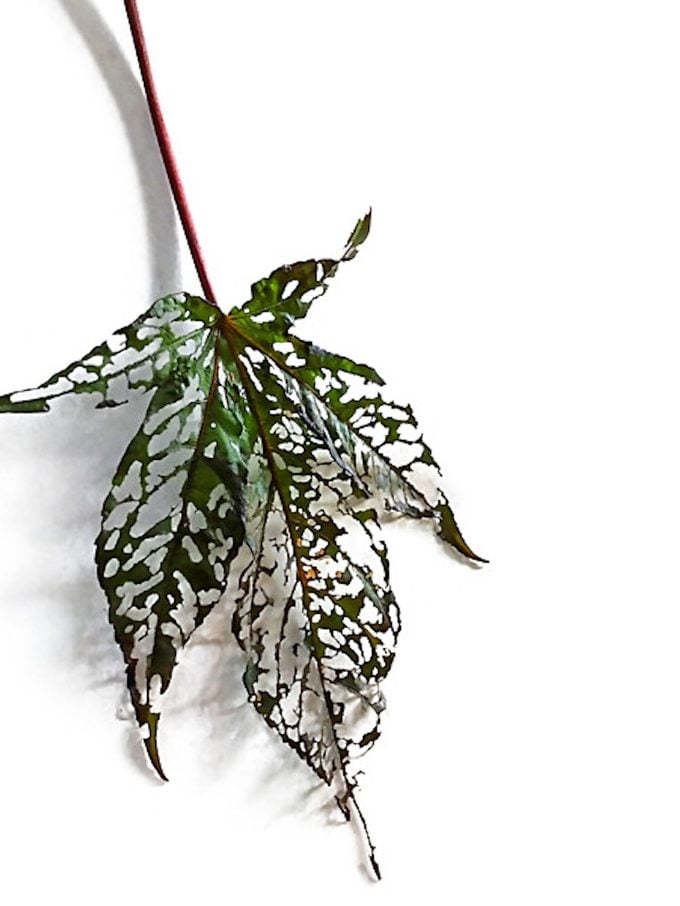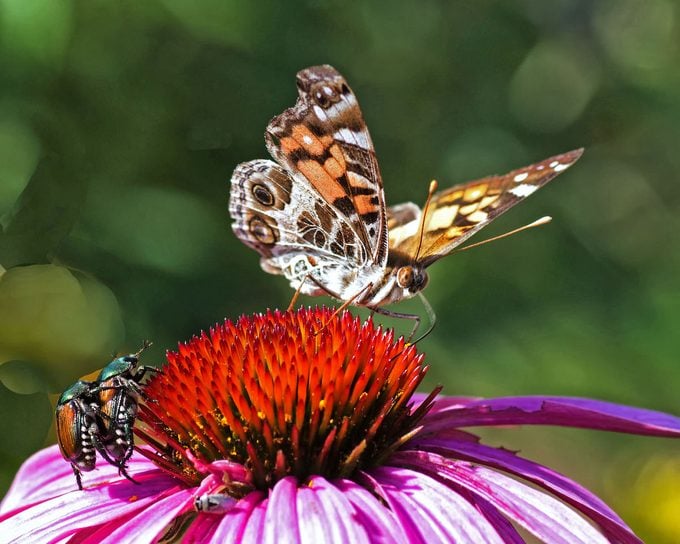How to Control a Japanese Beetle Infestation
Updated: Mar. 13, 2023
Say goodbye to Japanese beetles in your garden! Follow a garden expert's tips for effective Japanese beetle control.
Our editors and experts handpick every product we feature. We may earn a commission from your purchases.

Japanese Beetle Control
“How do I control Japanese beetles and stop them from eating my hibiscus plants?” asks Mary Brigham of Spring Arbor, Michigan.
Japanese beetles feed on hibiscus and many other plants, causing this type of leaf damage (above). Healthy plants will survive the beetles’ nibbling, but look unsightly. Watch your garden closely for these coppery green beetles that eat and mate throughout the day. When you see them, remove them.
Psst‚ here’s how to get rid of the worst garden insects—and how to keep squash bugs out of your garden.

To control a Japanese beetle infestation, try knocking them into a can of soapy water or use a small hand-held vacuum to remove and eliminate them. You can also shield your garden beds with floating row covers to keep Japanese beetles from dining on susceptible plants. An organic insecticide containing the bacteria Bacillus thuringiensis galleriae is now also available to control these garden pests. This strain of bacteria is effective against Japanese beetles and some other types of beetles but not harmful to other wildlife, beneficial bugs, people or pets.
Learn how to get rid of slugs and snails in the garden. Plus, if you see spotted lanternflies in your yard, here’s what you should do.
As always, read and follow label instructions for any organic, natural or synthetic products you apply to the garden.
Next, try these natural ways to eliminate garden insect pests.




















